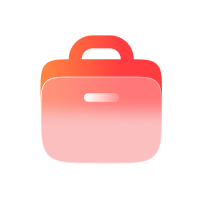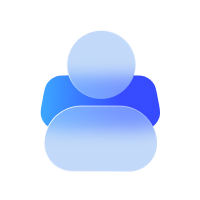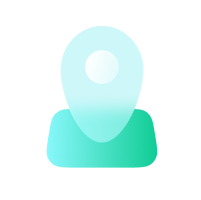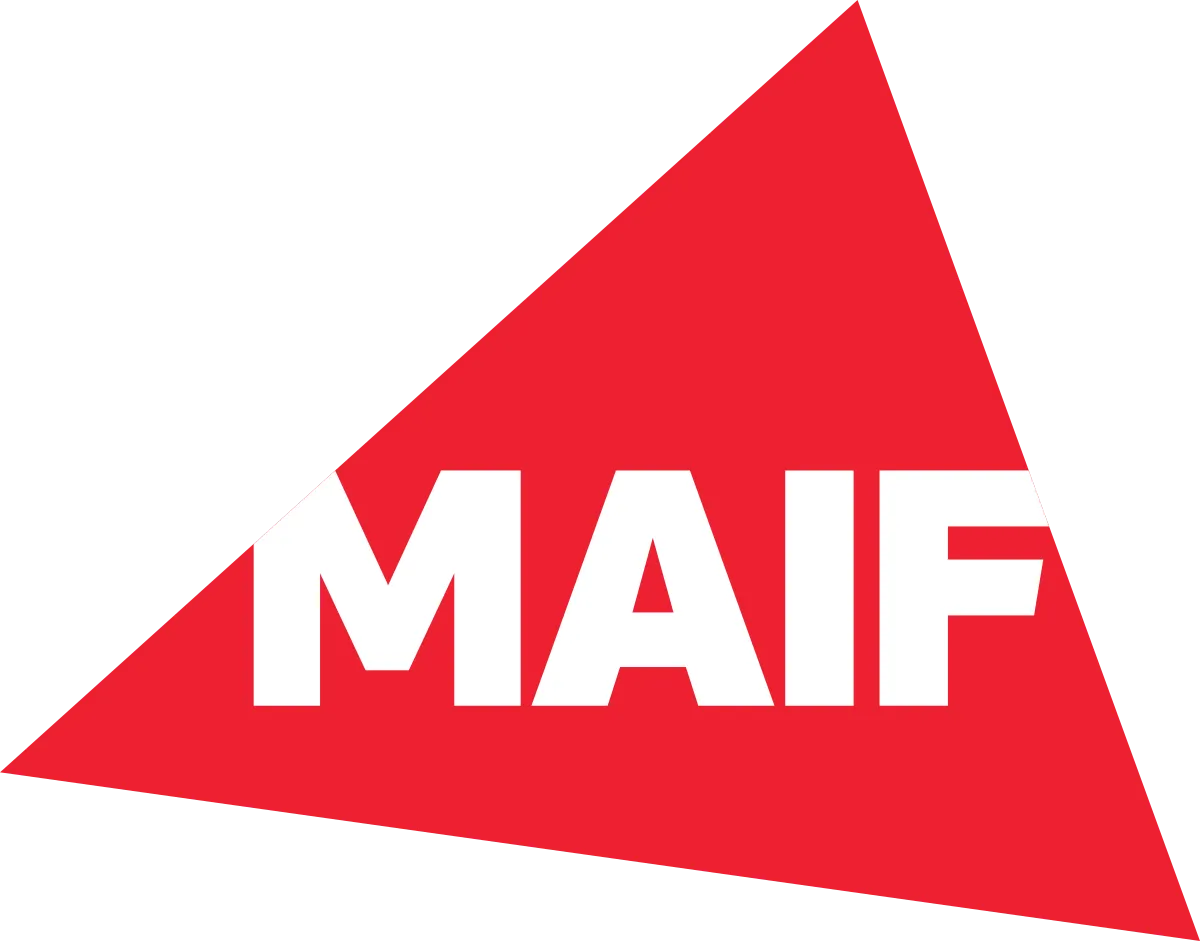
The MAIF group confirms its choice of the Bonita platform as an enterprise solution dedicated to the management of its processes, making Bonita its foundation for process-based projects.

Financial Services
,


France
,
In brief.
Company
Use cases
No items found.
MAIF chooses Bonita as the foundational tool for managing its enterprise processes

MAIF
The MAIF group is the sixth largest auto insurance provider in France, and the largest insurance provider for French non-profit organizations and NGOs. It covers all of the needs of more than 3 million members (property insurance, providence, health, assistance, savings, credit, etc.). It is regularly acclaimed in terms of customer relations, where it is again a leader among French insurance companies. In 2019, the MAIF group had a revenue of 3.7 billion euros.
The objective / the challenge
Within the framework of the European Solvency 2 regulations, MAIF wanted to deploy a new system for monitoring reporting tasks, to streamline their sequence and to plot data and calculations.
As part of the quarterly and annual regulatory reports, the MAIF group today publishes more than 100,000 data sets per year, or around 7,000 data sets per quarter and per company, involving 850 different tasks. Each of the data sets must be auditable and its quality verified to demonstrate end-to-end control. The data is subject to numerous treatments and therefore the risk of errors are present throughout the chain.
The choice of Bonita
"In 2014, we were not looking for an enterprise tool but a tool to meet the needs of the closing of accounts within the framework of Solvency 2. We benchmarked available solutions (functional coverage and cost). The Bonita solution was the one that stood out from the crowd, given our needs. We presented the dossier to the Program Management Committee to launch a POC. The POC results were presented to the business lines in December 2014.
We then validated Bonita’s experimental result in laboratory mode for 3 years, on the initial functional scope. Satisfied, we selected this solution, following the laboratory for Solvency 2 needs."
Fabrice Jubien, Solvency 2 IT project manager
Since 2018, Bonita has been the company's process automation platform. Unless a different architectural decision is made, all future projects involving BPM will use Bonita.
The Project
"We launched the Solvency 2 project in October 2014. It included a section on monitoring the accounting process.
"At first, users were not satisfied with the ergonomics and the use of Bonita was suspended. It was not until May 2016 that work was resumed: standardization, improvement of UX, implementation of forms based on a Superfragment. With these new models, production usage was relaunched in January 2017. We validated good usage in production in June 2017."
Fabrice Jubien, Solvency 2 IT project manager
After 3 years of laboratory work, the solution went into production in April 2017. Bonita monitors the completion of the quarterly and annual quantitative statements (accounts closing process).
"This represents 850 tasks to inventory all the data (7,000 data sets per company with 80 users.)"
Margaux Prigent, Bonita referent for Solvency 2
Bonita has proven to be a reliable and stable solution, with configuration flexibility and a great capability for form creation.
The Bonita platform is integrated with an external database and various internal MAIF tools. MAIF started the project with its own resources for the laboratory period, and Bonitasfot partner CGI was then chosen for development work. MAIF completed acceptance testing and production.
Benefits
- Secured process for producing regulatory reports
- Better control of data and its life cycle
- Business satisfaction with the user interfaces
Looking ahead
To date, the Solvency 2 project has been recurring. MAIF transformed 5 Notes databases into Bonita processes. Other process-based applications are under study.
Recently, all Bonita activities have been grouped under a single team.
“The solution made it possible to automate data flows between entities and make the management of important business actions more reliable for the annual and quarterly accounts closing processes. The tools also helped improve traceability. An automated process makes it possible to manage compliance with deadlines and gives better visibility of the sequence of activities. The use of pre-written emails or automatic reminders have optimized the sequences of tasks. “
Francoise Peronnet, MOA Solvency 2 project pilot
Ready to simplify your processes with Bonita?
Every business deserves a solution that accelerates its success. With Bonitasoft, simplify, automate and transform your business processes. Take the first step towards optimal performance today. Let's talk about it?







